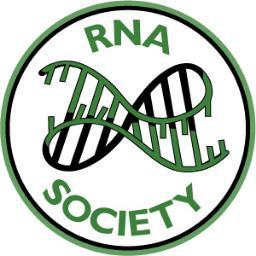Poster Presentation
lncRNA, Cell proliferation, cancer, screening, CRISPRi
Public Summary
1 in 4 children with leukemia have acute myeloid leukemia (AML) which occurs when myeloid cells such as monocytes over-proliferate. While great progress has been made in the diagnosis of AML, research has been focused on the protein-coding genes involved which has shown that this disease is heterogenous. Much remains unknown of the development and molecular mechanisms underlying AML. Knowing that <2% of the human genome encodes for protein-coding genes while over 85% is transcribed into RNA, much of research has turned to noncoding RNAs as potential biomarkers for diseases like AML. LncRNAs have been found to be incredibly cell-type specific but only 3% of all validated lncRNAs have ascribed functions. Hence there is a fundamental gap in our understanding of how lncRNAs regulate macrophage proliferation in the human acute monocytic cell line THP1.
We have conducted a CRISPRi dropout screen targeting over 2,000 lncRNAs in THP1s to identify viability and growth suppressor lncRNAs. Work is currently underway to validate cell phenotype of our top intergenic growth suppressor lncRNA hits. Our top hit, an uncharacterized lncRNA, Linc02642, neighbors polycomb group protein (PcG) SFMBT2, which has been shown to negatively regulate tumor metastasis in prostate cancer. We are currently determining the molecular mechanisms by which Linc02642 functions to regulate monocytic cell proliferation.


